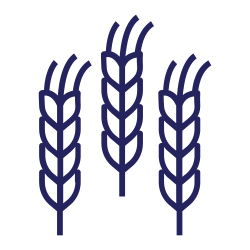Section Title
Establishing a seed testing protocol and greenhouse/growth cabinet based disease evaluation method to improve disease management against bacterial leaf streak in barley
Crop Types
- Wheat
Summary
This project aims to establish a simple, rapid and cost-efficient seed testing protocol by using a novel technique, named loop-mediated isothermal amplification (LAMP). Meanwhile, a greenhouse/growth cabinet disease evaluation method will be developed to screen barley germplasm for resistance, and to determine the virulence of the pathogen. The methods and knowledge from this study will support barley breeding programs and secure the barley industry against BLS.
Key Takeaways
Development of two seed test protocols: multiplex qPCR and Xtt-specific qPCR that are pathovar-specific diagnostic tools: The Xtt-specific qPCR is for specific detection of Xanthomonas transluces pv. translucens (Xtt) on barley. The primers/probe sets developed in the multiplex qPCR can be used to detect and differentiate the Xtt from Xanthomonas translucens pv. undulosa (Xtu).
Both tests will:
1) assist in efforts to establish the BLS risk associated with infected seed lots of farmers and seed growers, allowing them to reduce risk,
2) be useful in studies on bacterial leaf streak and detection, differentiation, and quantification of the pathogens from seed and leaf samples, which is one the most effective and sustainable tools for BLS management, and
3) have significant benefits for international exchange of barley germplasm and trade.
















